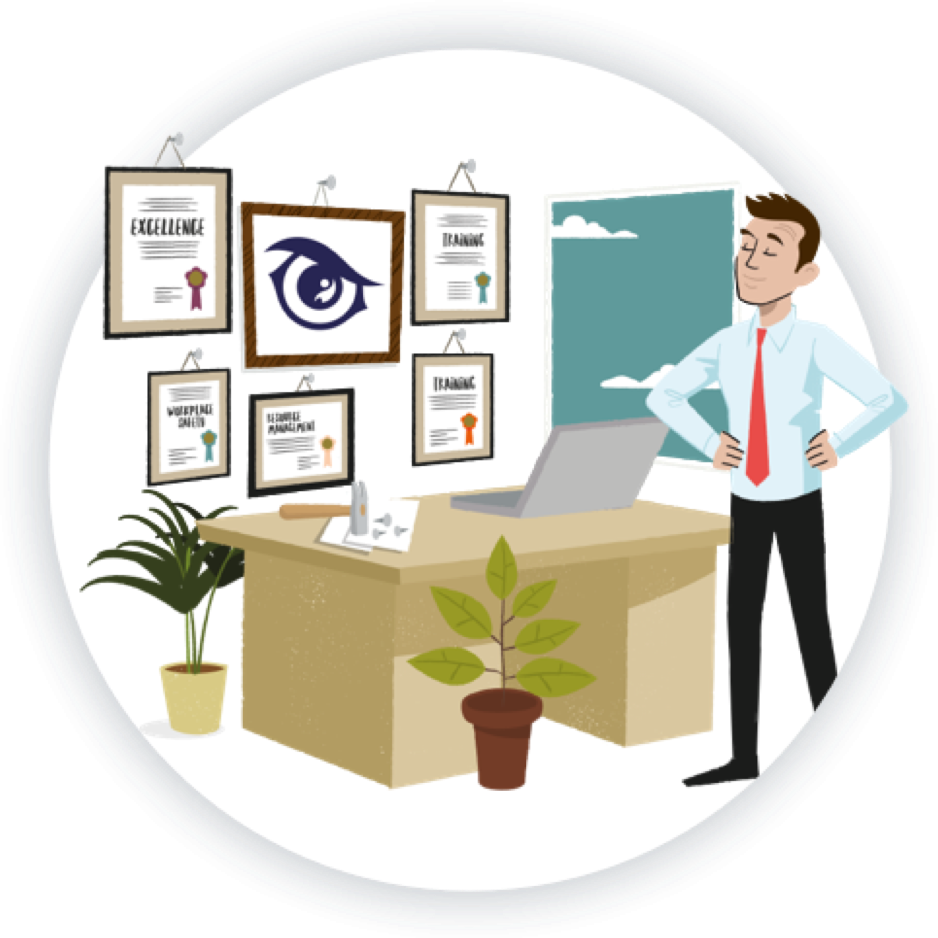Medical Illustrator
Job Description:Medical illustrators produce photographs, videos and graphical images for use in healthcare.
Job Category:What you will do:
Your tasks will depend on your specialism. As part of your day-to-day tasks, you may:
- record a patient’s condition using a digital camera or video
- take photographs to monitor the effectiveness of operations and treatments
- use specialist equipment and techniques to capture 3D images of structures like the eye, and to record specific procedures
- work closely with doctors, nurses and patients in hospitals and university medical departments.
- photograph non-accidental injuries, in forensic photography
- provide bereavement photography for grieving parents
- copy evidence from slides and x-rays
- use software to produce presentations
- create visual materials for teaching and research purposes
- produce photography and artwork for publicity materials, annual reports, staff newspapers and websites
Skills:
You’ll need:
- knowledge of the fine arts
- design skills and knowledge
- knowledge of computer operating systems, hardware and software
- to have a thorough understanding of computer systems and applications
As well as:
- thinking and reasoning skills
- to be thorough and pay attention to detail (organisational skills)
- the ability to use your initiative (ambition/drive)
- the ability to accept criticism and work well under pressure (leadership skills)
- to be flexible and open to change (adaptability skills)

Entry Requirements:
Becoming a medical illustrator typically involves pursuing specialised education and training in the field of medical illustration. While there are no specific subject requirements for this career path, a strong foundation in art and science-related subjects can be beneficial. Here’s a general list of subjects that can be useful for aspiring medical illustrators:
- Art & Design (Essential): Art is the foundation of medical illustration. GCSE Art & Design or a related subject can help you develop your artistic skills, including drawing, painting, and digital art techniques.
- Biology (Recommended): A good understanding of biology is essential for accurately depicting anatomical structures and medical concepts in your illustrations.
- Chemistry (Optional): While not directly related to medical illustration, chemistry can provide a broader scientific background that may be helpful in some medical illustration contexts.
- Physics (Optional): Physics can enhance your understanding of light, optics, and how to accurately represent three-dimensional objects.
- Mathematics (Required): Mathematics is important for precise measurements and scaling in medical illustration.
- Computer Science (Useful): Familiarity with computer software for digital illustration and 3D modeling can be advantageous in today’s digital-focused medical illustration field.
- English (Communication Skills): Strong written and verbal communication skills are important for working with clients, understanding medical terminology, and conveying complex medical concepts through your illustrations.
Post School
You can get into this job through:
- a university course
- working towards this role
University
To get into any of the branches of medical illustration you’ll need a degree in a relevant subject like:
- photography
- graphic design
- illustration
- art and design
- film or video production
You can apply for a trainee position as a medical illustrator in a healthcare setting once you finish your degree.
As a trainee you could gain a postgraduate qualification in specialisms like:
- clinical photography
- graphic design for healthcare
- medical art
Work
You can apply to do a postgraduate qualification if you’re already working in healthcare and you have a relevant degree.
Career tips
Medical illustration is a small and specialised field, and there’s a lot of competition for vacancies. You’ll improve your job prospects if you also have relevant work experience.
Contact your local university hospital or public hospital trust’s medical photography department to arrange a visit or some work shadowing.
Working Hours and Environment:
A typical week consists of 39-41 hours of work. You could be required to work on call on a rota.
You could work in a photographic studio or in a public or private hospital. You may need to wear protective clothing.
Career Path & Progression:
With experience, you could progress to a management role. With further study, you could also move into research or teaching.